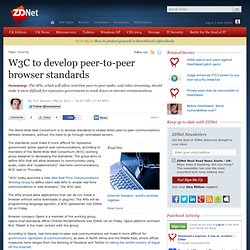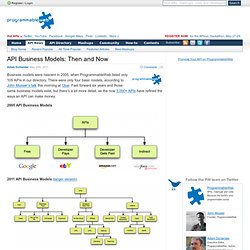

ICANN Successfully Tiptoes Through Political Minefield With New TLD Applicant Guidebook. ICANN released its sixth version of the draft Applicant Guidebook for the new Top-Level Domain (TLD) program in April following three years of debate surrounding the rules and procedures that will outline how potential applicants will apply to own their own piece of Internet real estate.

Overall, the response has been positive. ICANN has achieved what many in the Internet community doubted was possible — achieving a delicate balance amongst a diverse set of stakeholders while still progressing towards the rollout of the new Top-Level Domain program according to its proposed timeline released in March. This is no mean feat — ICANN has literally tiptoed through a political minefield in developing a set of rules and policies which address everyone's concerns in a secure, pragmatic, and mostly workable fashion.
By now you would have had a chance to skim over the surface of the new Applicant Guidebook and supplementary documentation. What do these important changes actually mean? W3C to develop peer-to-peer browser standards - Software - News - ZDNet Asia. The World Wide Web Consortium is to develop standards to enable direct peer-to-peer communications between browsers, without the need to go through centralised servers.

The standards could make it more difficult for repressive government action against web communications, according to members of the World Wide Web Consortium (W3C) working group assigned to developing the standards. The group aims to define APIs that will allow browsers to communicate using audio, video and "supplementary" real-time communications, W3C said on Thursday. "W3C today launched a new Web Real-Time Communications Working Group to define client-side APIs to enable real-time communications in web browsers," the W3C said. The APIs should allow applications that can be run inside a browser without extra downloads or plug-ins.
The APIs will be programming-language agnostic, a W3C spokesman told ZDNet UK on Friday. API Business Models: Then and Now. Business models were nascent in 2005, when ProgrammableWeb listed only 105 APIs in our directory.

There were only four basic models, according to John Musser’s talk this morning at Glue. Fast forward six years and those same business models exist, but there’s a lot more detail, as the now 3,000+ APIs have refined the ways an API can make money. 2005 API Business Models 2011 API Business Models (larger version) Most of the 2005 models contain at least another level of detail, with the “developer gets paid” model containing the most granularity. There’s a lot of detail in that slide. Musser’s full slides are embedded below or you can view on SlideShare. Curation - The Third Web Frontier. Posted by Guest Writer - January 8, 2011 Here is a guest article by Partice Lamothe - CEO of Pearltrees (Pearltrees is a consulting client of SVW.)
This is a lightly edited version of "La troisième frontière du Web" that appeared in the magazine OWNI - Digital Journalism - March 2010. The article argues that the founding pricinciples of the Internet are only now being implemented and that the next frontier is in organizing, or curating, the Internet. By Patrice Lamothe Everyone realizes that the web is entering a new phase in its development. One indication of this transition is the proliferation of attempts to explain the changes that are occurring.
Although these explanations are both pertinent and intriguing, none of them offers an analytical matrix for assessing the developments that are now underway. The "real time web," for example, is one of the clearest and most influential trends right now. In contrast, other explanations are far too broad to serve any useful purpose.